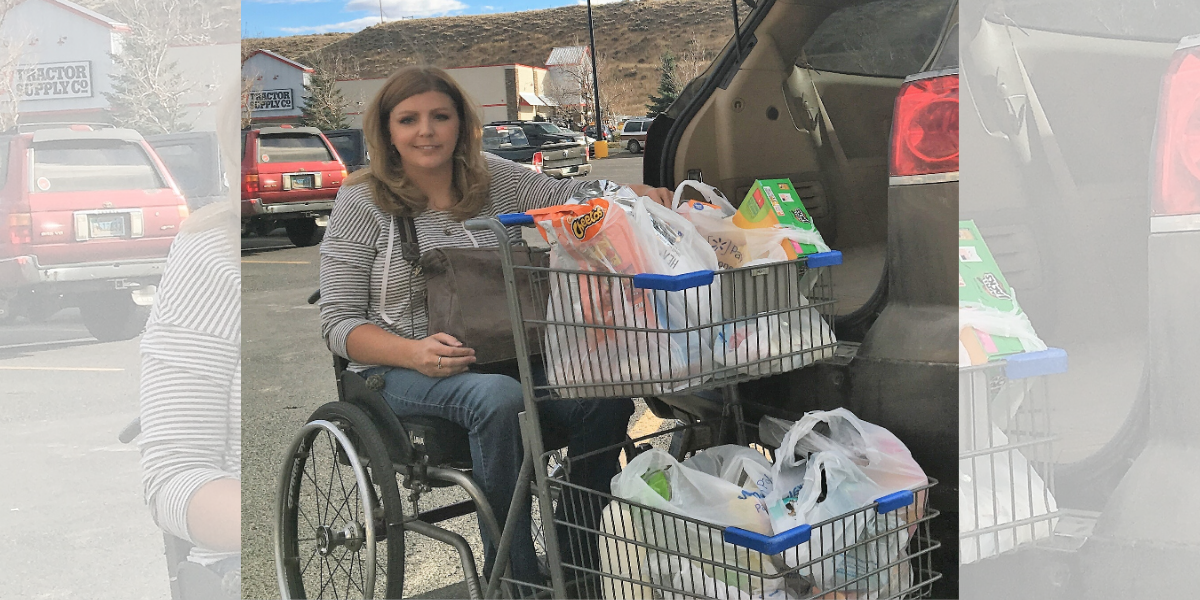
Ashlee Lundvall shares her story and what she’s learned in her concealed carry journey!
![]()
![]()
In the summer of 1999, I was injured in a paralyzing ranching accident that introduced a wheelchair into my life. During the following months of surgery and therapy, I focused on adjusting to life with a disability.
I learned how to maneuver my chair, take care of my daily needs, and interact with the outside world, including returning to high school. While driving with hand controls and adaptive recreation was hinted at, it was overwhelming enough to simply focus on basic activities to survive.
Looking back twenty years later, I wish someone would have told me more. That society would view my disability as a weakness, and that I couldn’t rely on others to keep me safe. That I had options when it came to my own personal defense, and that one day, I would feel responsible for the safety of others as well. That I had the tools to protect myself, and that I was perfectly capable of handling a situation where the bad guy wrongly assumed that my wheelchair equaled an easy target.
When my daughter was born in 2010, my Mama Bear instinct rose up within me when I realized I did not have an effective self-defense plan or way to defend her. I had been introduced to firearms as an adult but most of my experiences had been with hunting rifles. I started to research handguns as well as options to carry them. I took a concealed carry class, received my CCW license, purchased my first handgun, and learned how to safely and effectively keep my gun within reach 24/7.
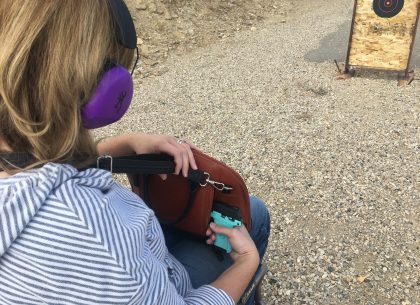
I am fortunate to travel across the country as a speaker and disability advocate. In my journeys, I often meet other wheelchair users who carry concealed but more often than not, I encounter others living with a disability who don’t feel they’re able to effectively carry a firearm for personal defense.
While everyone has different ability levels and what works for one person won’t work for another, there are options available. As with every path to everyday carry, the information most valuable is what others have discovered along the way!
Here are some things to consider if you are looking for a way to carry your gun, both for open carry and concealed carry:
Holsters
Probably the most common form of handgun carry, a holster can be a very effective and versatile option. Depending on your disability, and specifically, if paralysis or neuropathy is involved, it is important to ensure that the holster is not causing pain or skin irritation. Common holsters include inside the waistband (IWB), outside the waistband (OWB), shoulder, ankle, pocket, and belly band holsters.
| Holster Option | Pros | Cons |
| IWB | Easy to conceal and access | May rub skin or dig into abdomen when sitting |
| OWB | Doesn’t touch the skin and easy to access | May dig into abdomen when sitting or interfere with wheelchair motion |
| Shoulder | Keeps firearm high on the body to avoid possible skin irritation | May impede mobility and requires additional layer of clothing for concealed carry |
| Ankle | Option for secondary firearm | May be difficult to access and cause skin irritation, as well as requiring long pants to conceal |
| May double as an IWB holster | May be difficult to access while seated | |
| Belly Band | Adjustable to avoid sensitive areas and may provide storage for additional magazines as well as core support | Can cause skin irritation if not fit properly, as well as the possibility of printing with tight clothing. Re-holstering can also be difficult with some models. |
Depending on your particular challenges, there are several options for you to carry either IWB or OWB!
Bags
For those who are not able to work with a holster, a carry bag may be a viable option. I would highly recommend a bag that can either be attached to your person or made secure in another manner. It won’t do you much good if someone snatches your bag with your firearm inside of it.
An important consideration when carrying off-body (and on-body, for that matter) is how your trigger is protected. The best option is to having a Kydex cover over your trigger and trigger guard to ensure nothing will accidentally engage the trigger. The CrossBreed Pac Mat Holster is a great option to add that level of safety to most bags on the market today.
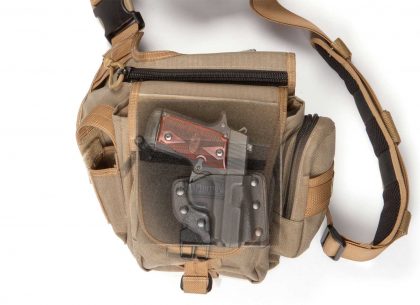
A fanny pack is also an option to consider when looking to secure your firearm around your waist. This will allow you to safely carry your holstered firearm in an easily accessible location while also proving additional options for the storage of personal and/or medical items.
Concealed carry purses are another great option if used appropriately. Look for purses with a steel-reinforced or “slash-proof” strap that can be worn cross-body to avoid having the bag taken from you. Also, be sure the purse gives you enough space to carry additional items while still drawing the firearm in a smooth and quick motion.
Wheelchair Mounts
While there are many options that can be mounted to your wheelchair or other mobility device, please keep in mind that there is a possibility that you could be separated from your wheelchair. If you wear a seat belt, or your power wheelchair is such that it would be quite difficult for you to be pushed or knocked over, then a wheelchair mounted carry device might work for you.
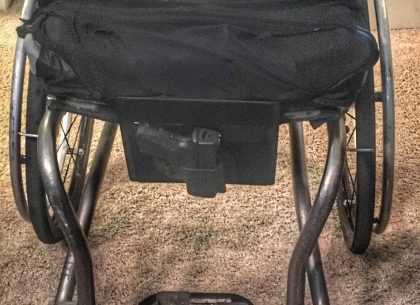
Depending on the open and concealed carry definitions in your state, a holster underneath your wheelchair might be an option. Make sure that the holster secures your firearm in such a way that navigating uneven terrain will not dislodge your gun. A bag underneath your wheelchair might also be a possibility, but make sure that you can access it quickly and easily if needed. Backpacks can be useful, but accessing one on the back of your wheelchair can slow you down in a stressful situation.
Clothing
A final option for carrying with a disability is tactical clothing. Leggings, cargo or breakaway pants offer concealed options, and if you are in a seated position, they may offer ease of access as well. Bra holsters are another alternative for women, depending on your disability level and physical makeup. Shirts, jackets, and vests are also available with built-in concealed carry options.
Again, it’s important to ensure your firearm’s trigger is appropriately protected with a hard Kydex cover to avoid the possibility of a finger, shirt hem or other item entering the trigger guard and potentially triggering a negligent discharge.
My Top Picks
Like every other concealed carrier, I like to have multiple options when carrying my pistol depending on the situation and need and CrossBreed carries most of my top picks. I love the amazing quality, great customer service, and that the products are handmade for my specific firearm.
IWB:
For IWB, I like the CrossBreed Freedom Carry Holster. It’s comfortable and works with most of my looser, high waisted pants, and I can access my gun quickly and safely. I can wear a tighter fitting shirt and not worry about printing. This option does work better for me with my Ruger LC9s 9mm Luger, as it is slimmer and doesn’t dig in while seated like a larger pistol might. I also like the Modular Belly Band Package from Crossbreed, especially when the weather is cooler and I am wearing thicker clothing. I often struggle with core strength, and the band offers additional support while being a great concealed carry option.
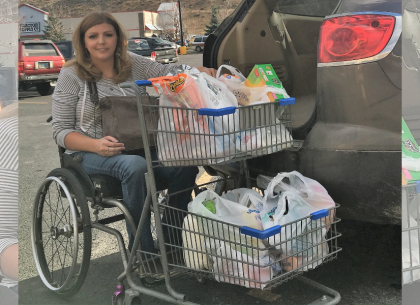
OFF-BODY:
If I want to open carry underneath my wheelchair, I use the Crossbreed Bedside Backup. This modular system transitions from being used on my bed for nighttime defense to fitting snugly between my wheelchair and my wheelchair cushion. My gun is holstered safely between my legs, and I can access it quickly. My weight holds this option in place at just the right height, but make sure the top of the holster is not rubbing the underside of your legs.
If I am carrying concealed in a purse, my favorite company is Gun Tote’n Mamas. My everyday purse is the Vintage Messenger Bag. The buffalo leather is durable and fashionable, and I can fit all of my personal and medical supplies inside and still reach my pistol quickly. The steel-reinforced strap keeps the bag secure and accessible on my lap. For business occasions, I carry in the Cinnamon and Black Bowler. Great quality, looks amazing, and it helps to keep me safe no matter the event. For an all-around bag for anyone, the Sling Backpack is a great option.
If I am carrying another purse, or even a backpack while hunting, I can easily convert it to a concealed carry option with the CrossBreed Purse Defender or the CrossBreed Pac Mat. Both items give you the versatility and quality needed to carry off-body safely and effectively. No matter what your needs and abilities, Crossbreed has a product for you.
Additional Considerations
Whether you are shooting for personal defense or for fun at the range, make sure that the firearm you choose works with your needs and ability level. Find a gun dealer who provides multiple in-store options and encourages a hands-on shopping experience. If you are interested in adaptive equipment that may make shooting a handgun more accessible, please check out the various options at Be Adaptive and Scot Works, LLC.
Take as many training courses as you can from multiple instructors. You will learn something different from each one, and you never know when someone will have a new idea for you to make carrying and shooting a handgun easier and more accessible.
The Bottom Line
At the end of the day, nothing beats heading to the range and practicing with the carry method of your choice. The more muscle memory you can develop, the more successful you will be in a stressful situation. The right firearm, carried in an accessible and effective manner, handled by a person who has put in the training and practice, is always a winning combination.
Whether you are living with a disability and considering carrying options or helping someone else find the right setup for them, keep in mind that no singular option will work for every person in every situation. Be willing to be creative, ask the right questions, and make sure you feel confident in the right choice for you and your needs!
As always, check the laws in the state where you live or will be before carrying your firearm to ensure compliance.
ABOUT THE AUTHOR:
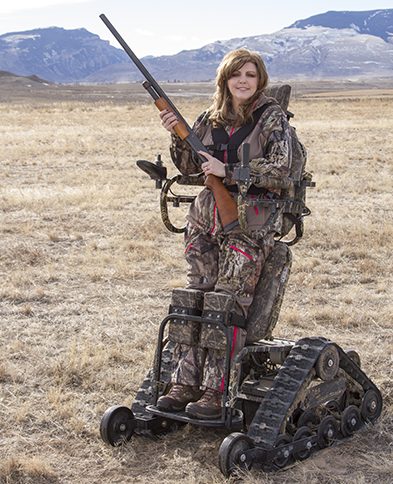
Since a paralyzing ranching accident in 1999, Ashlee has been redefining her life. She is a champion for change in the many organizations she works with, encouraging everyone to live to the fullest. A natural outdoorswoman and adventurer with a powerful message of adaptability and perseverance, she energizes audiences around the country with her humor and authentic personal stories.
Passionate about accessible outdoor recreation, she lives in Cody, Wyoming with her husband and daughter. Depending on the season, Ashlee can be found camping, kayaking, hunting, fly fishing, or hand cycling while making a difference in board rooms, consulting businesses, and mentoring newly injured patients and their families.
To learn more about Ashlee and her journey, please visit her website and follow her on Instagram and Facebook!
![]()
You may also enjoy these popular articles:
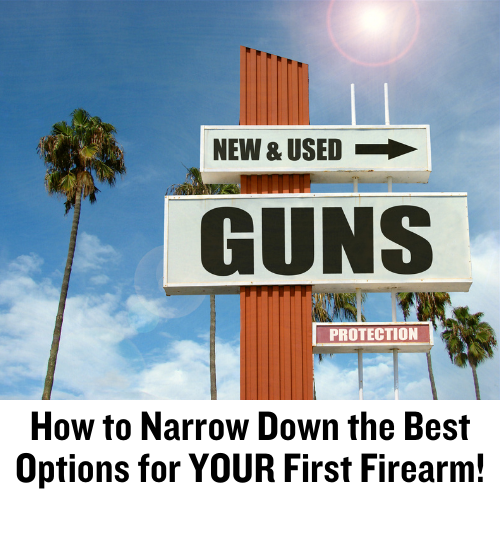

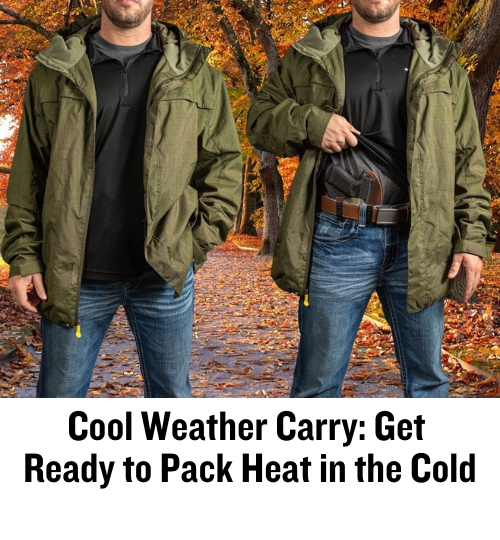

©MTC Holsters, LLC and CrossBreed Holsters Blog, 2019.
Unauthorized use and/or duplication of this material without express and written permission from this site’s author and/or owner is strictly prohibited. Excerpts and links may be used, provided that full and clear credit is given to Ashlee Lundvall and the CrossBreed Blog with appropriate and specific direction to the original content.

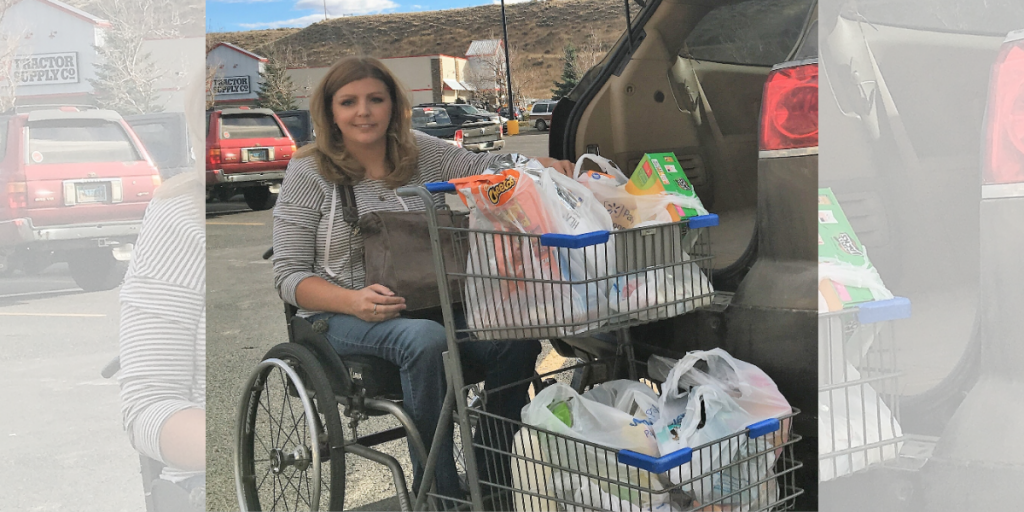
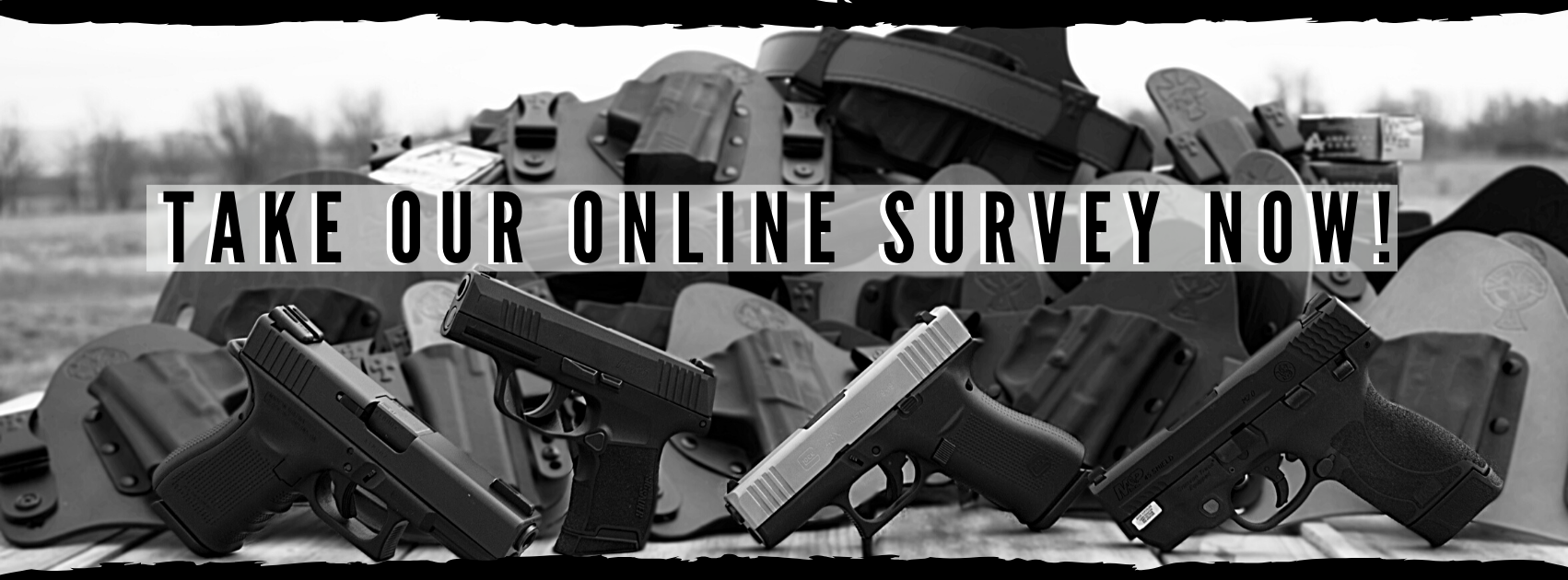
My late father was paralyzed in 1980. For many years he carried a Walther PPK/S in a Uncle Mike’s OWB holster in a cross draw. The sides of the wheelchair and his shirt kept it so well hidden that most of my own family didn’t know he was armed. My father hunted both deer and quail. He fished for recreation and competitively. He never let his disability define him. Having read of this lady, I see the same pride, and determination in her that he showed me everyday. Well done Ma’am.
This really was a great read! I’m disabled and this helped boost my confidence in my abilities and self again. I LOVE to target shoot but hadn’t gone down to our private range here on our property since my issues spread to my arms and hands. Pity party is over! Thanks.
I built a carrier like is shown on the front of the wheelchair, but I attached mine to the inside of my chair, under the armrest. It made reaching it easy and did not impair any use of the chair.
I have found belt pouch holsters to be very useful. The one I use and like very much is a liberty gunpack. It fits my Shield, a spare magazine, my wallet and an EDC knife and is highly accessible when seated.
Great post, thanks for sharing!!
looking for a holster for power wheelchair. Possible for different models of pistols.mostly all 9mm. Looking for a customer.
Training: Does anyone offer training for those of us with different challenges?
I use Strikeman which is a laser system with multiple training options one is a timed draw and fire drill that includes timeing your draw and the accuracy of the laser “fire” This system is great since is really portable so you can set it up in ways to simulate various situations for example you have fallen or been removed from your chair so seeing literally what you have to do to get to your fire arm and fire. what is your accuracy with on ground vs in chair or standing. It is a dry fire system.